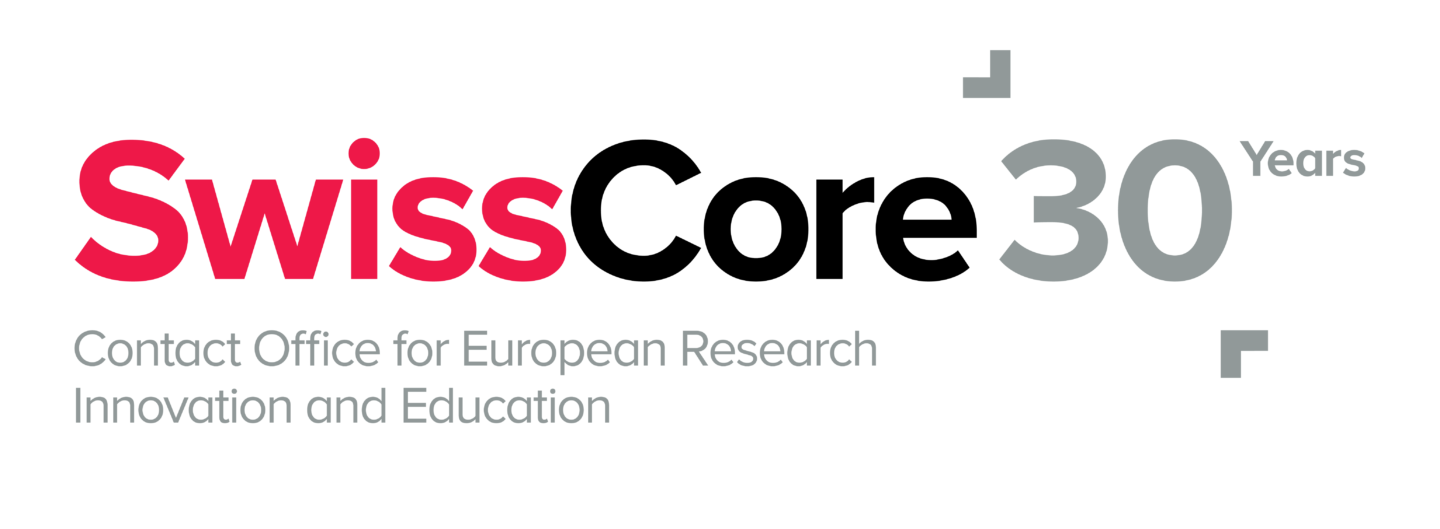The ERA Scoreboard 2024 analyses the progress of the EU-27 on the four ERA priorities, showing that, overall, member states are converging in their performance.
25 years ago, the European Research Area (ERA) was established with the aim to create a single, borderless market for research, innovation, and technology across Europe. With the Pact for Research and Innovation (R&I), this goal was divided into four ERA priority areas: 1) Deepening a truly functioning internal market for knowledge, 2) taking up together the challenges posed by the twin green and digital transition, and increasing society’s participation in the ERA, 3) enhancing access to research and innovation excellence across the Union, and enhancing interconnections between innovation ecosystems across the union, 4) advancing concerted research and innovation investments and reforms. The progress made in these areas is documented in the ERA Scoreboard 2024, an independent expert report, which was published in April by the European Commission.
With regard to ERA Priority 1, the report concludes that the growth of most of the indicators points to a continuous deepening of the internal market for knowledge. Developments in the area of Open Science are particularly noteworthy: The share of open access publications in the EU-27 has shown a continuous increase since 2010 (from 56.8% in 2010 to 78.2% in 2021). Furthermore, the performance gap between countries has narrowed over the years with Member States now having quite similar values on this indicator. The authors attribute this increase to growing awareness of the value of transparency and accessibility – along with the promotion of open access policies by funding bodies and institutions. Another subject related to ERA Priority 1 that stands out for substantial positive change is Gender Equality. One indicator shows, for example, the increasing proportion of women at the highest levels of academia (from 19.7% in 2010 to 27.3% in 2019 in so-called Grade A Positions). The report also notes further progress under ERA Priority 1. For example, there was a significant positive change in the proportion of foreign doctoral students in the EU (which increased from 16.3% to 22.7%).
The report further shows an overall positive picture in regard to ERA Priority 2 (Green transition & digital transformation): Synergies with education and the European Skills Agenda have increased since 2017. This was measured by the number of innovative enterprises that cooperated on R&D and other innovation activities with universities and higher education institutions. Synergies with sectoral and industrial policies also show progress. However, the report suggests there is a need for action regarding sustainability. This is suggested by the indicator that measures the share of environmentally related government R&D budget in total government R&D, which is indicative of progress in research activities supporting the EU’s Green Deal. This share has remained at a comparable level over a twelve-year period.
For ERA Priority 3 (access to excellence and innovation), the Scoreboard identifies the need for more investments and reforms in countries and regions with lower R&I performance. One indicator measures total R&D expenditure in these so-called Widening Countries. It shows that the development has not been continuous over recent years. Until 2020, there was strong convergence in R&D investment levels between Widening Countries and the EU-27. However, this was followed by a phase of reduced momentum in recent years. Another indicator is the number of Seal of Excellence projects on the InvestEU Portal per 1’000 R&D personnel. It counts all projects eligible for funding (regardless of whether they were actually funded). The development of this indicator also shows a decrease after 2020. The report also sounds lukewarm regarding ERA Priority 4. One of the indicators analysed shows that the share of public R&D expenditures financed by the private sector has remained stable over time. This indicator can be seen as a proxy for how closely companies cooperate with universities and public research organizations.
The ERA Scoreboard includes not only indicators directly linked to the ERA priority areas but includes general indicators measuring the overall progress of the European R&I system. First of all, it includes gross domestic expenditure on Research and Development (R&D) as a percentage of GDP. Here, the analysis shows a continuous increase from 2010 to 2022 (from 1.97% to 2.27%) – with a peak of 2.29% in 2020. The authors suggest that this indicates a growing commitment to research and innovation within the EU-27. However, this also shows that the EU’s target of investing 3% of GDP in R&D – a goal set over 20 years ago at the 2002 Barcelona European Council – has still not been reached. Among the countries with indicator values above the EU-27 average are the Nordic countries Sweden, Denmark, and Finland, as well as Austria, Germany, and Belgium. Interestingly, while Sweden, Denmark, Germany, and Austria remain above the EU average in absolute values, they have shown growth rates below the EU-27 average since 2017, as the report notes. As another indicator of general progress in R&I, the ERA Scoreboard 2024 presents the number of R&D workers per 1 million inhabitants. Here too, the number increased from 3’055 per million inhabitants in 2010 to 4’681 in 2022. Although the number of researchers has increased over the years, so too has the disparity between EU countries on this indicator. Notably, Sweden not only has the highest value on this indicator but also a growth rate above the EU-27 average.
For a more detailed breakdown of individual EU countries’ performance, the ERA Dashboard 2024 provides extensive data. It covers not only EU Member States but also Associated Countries. This means that with the next release of this ERA monitoring tool, we can likely expect more precise insights into Switzerland’s performance in the ERA priority areas.

